Precision machined parts
Precision-machined components for healthcare are specialized, miniaturized, or complex parts produced through advanced manufacturing techniques.
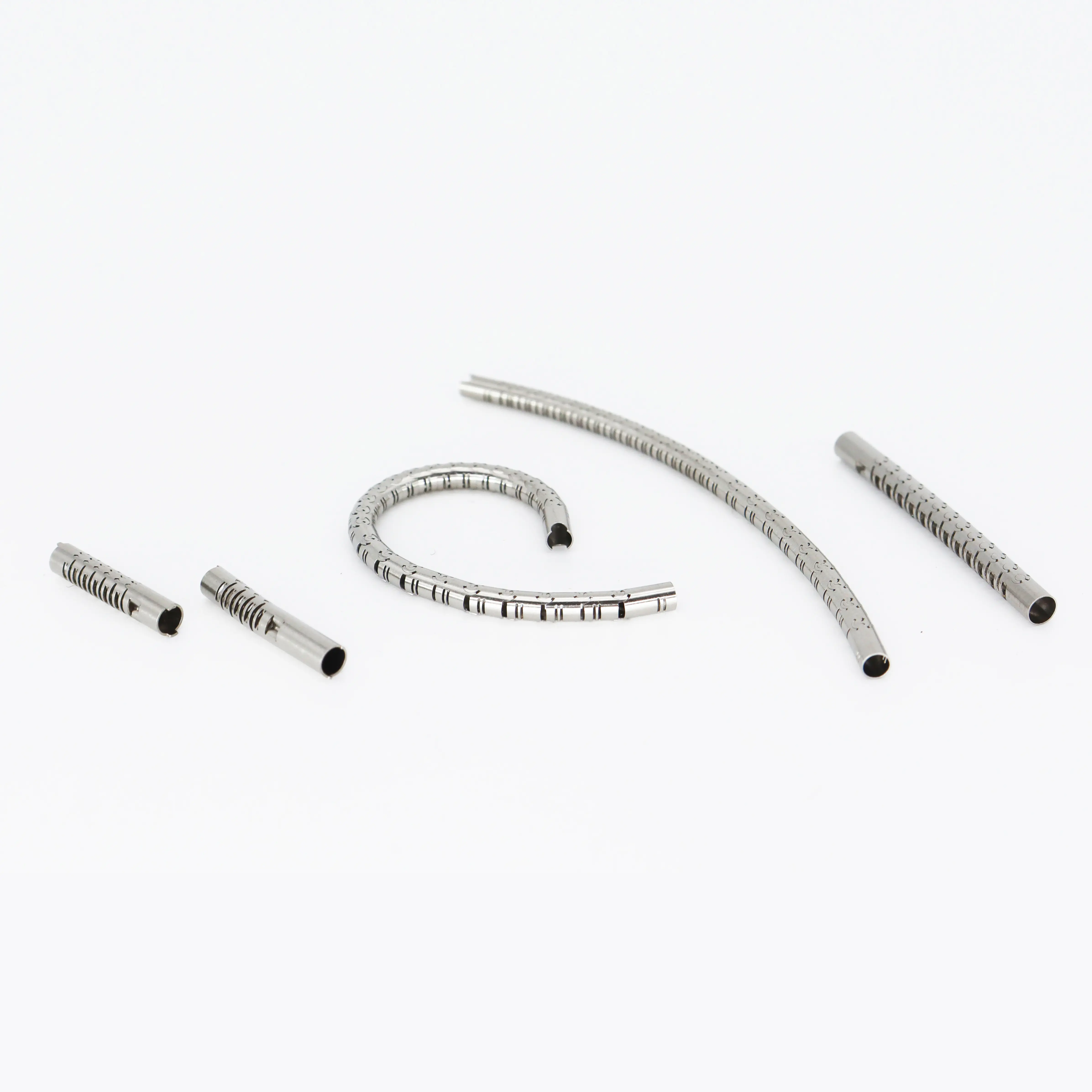
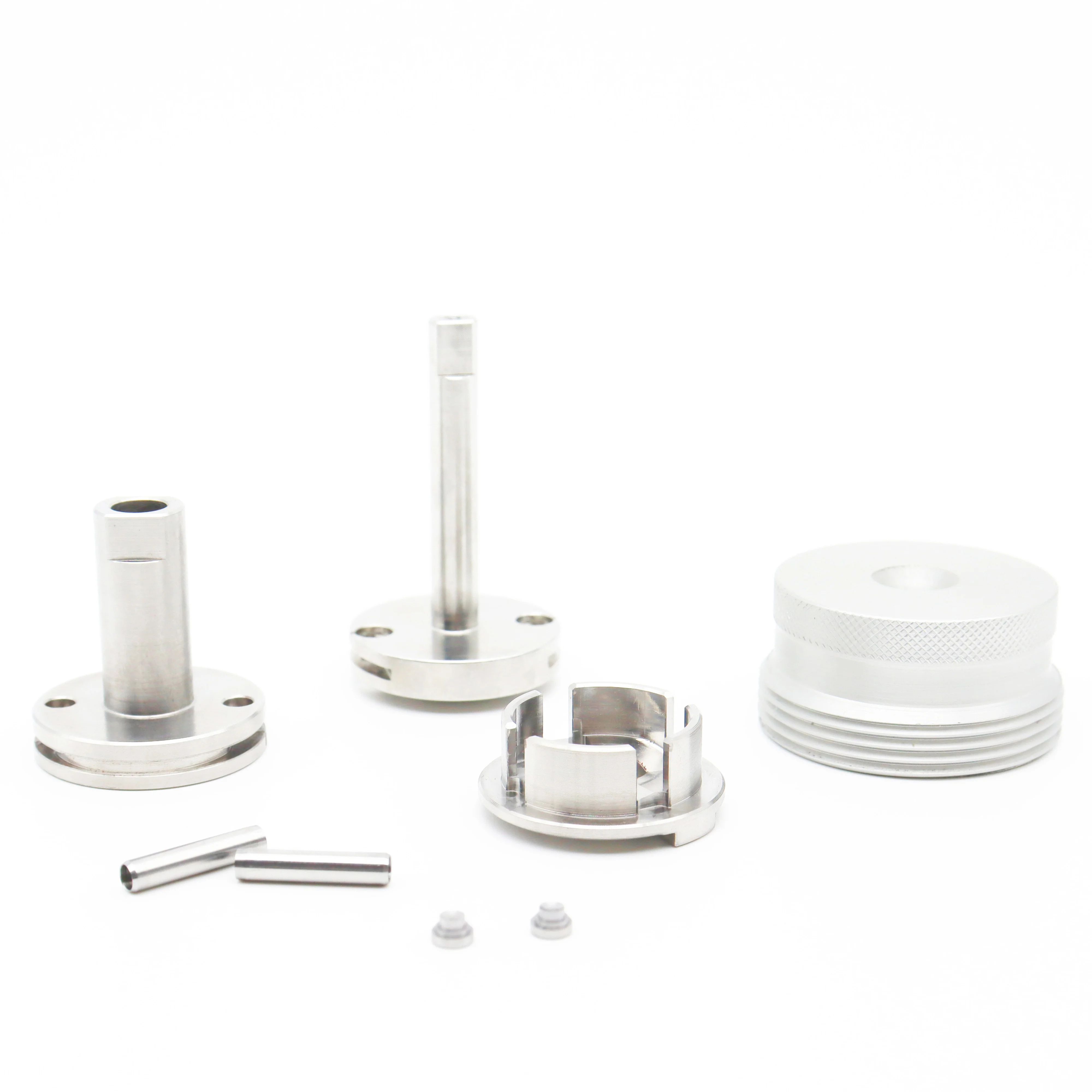
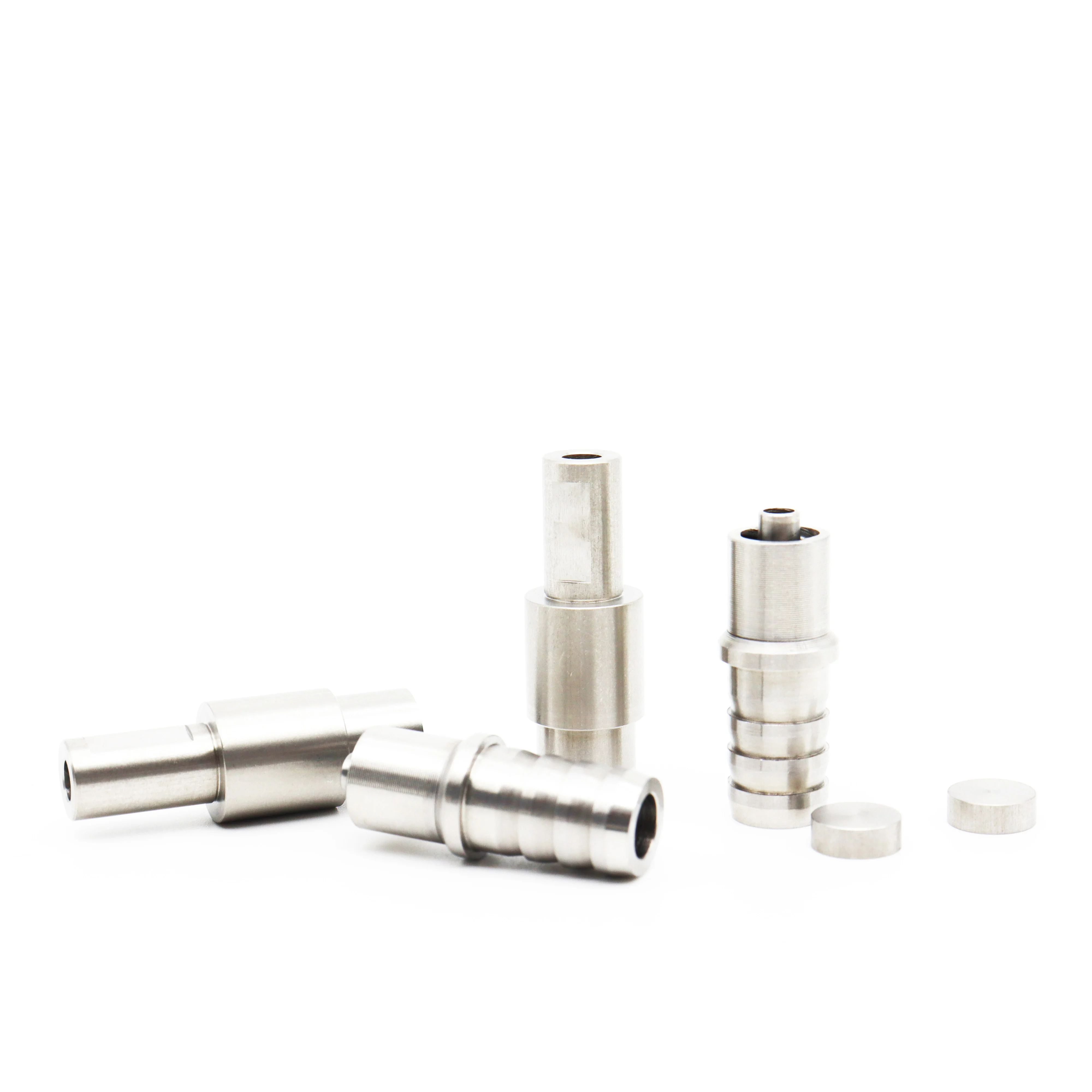
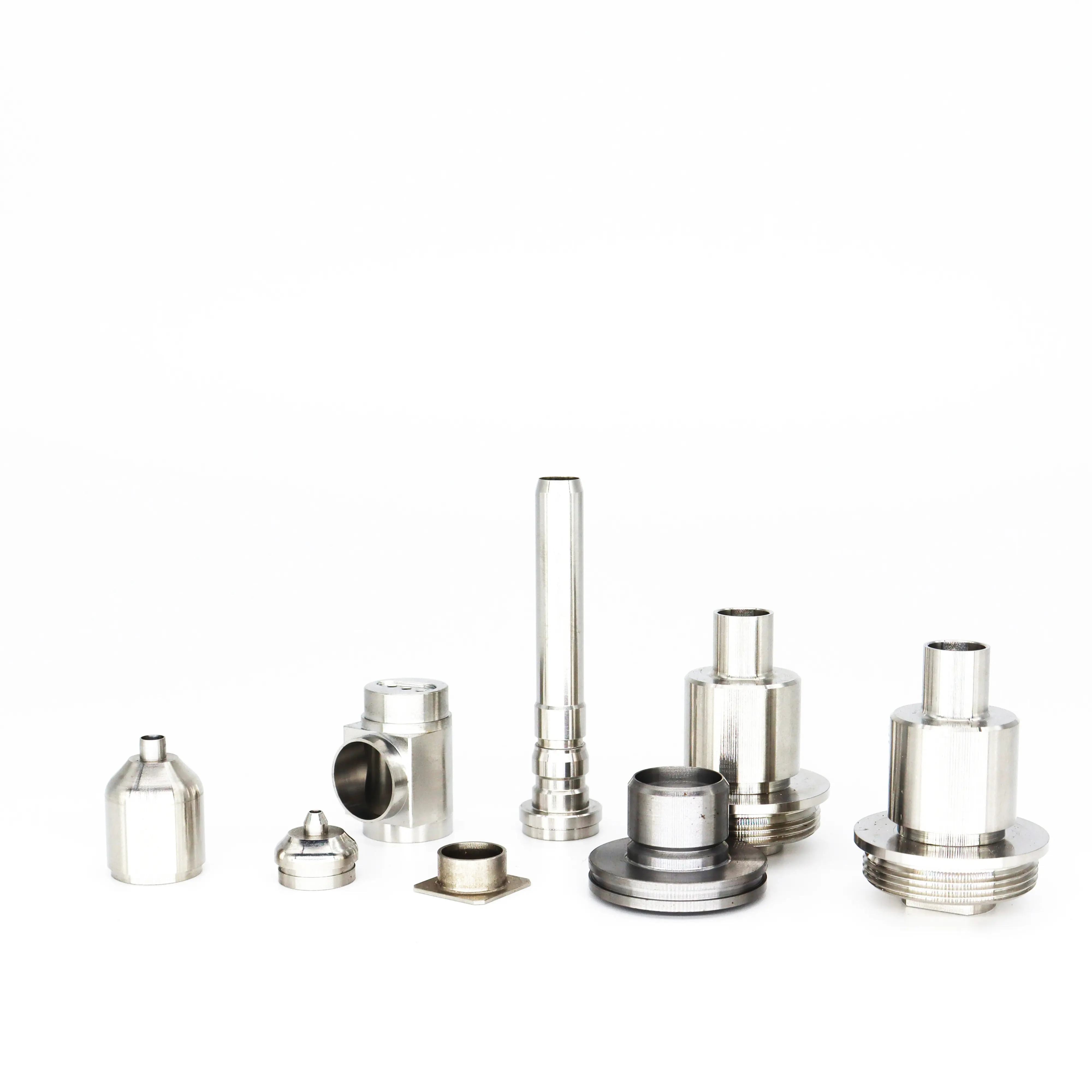

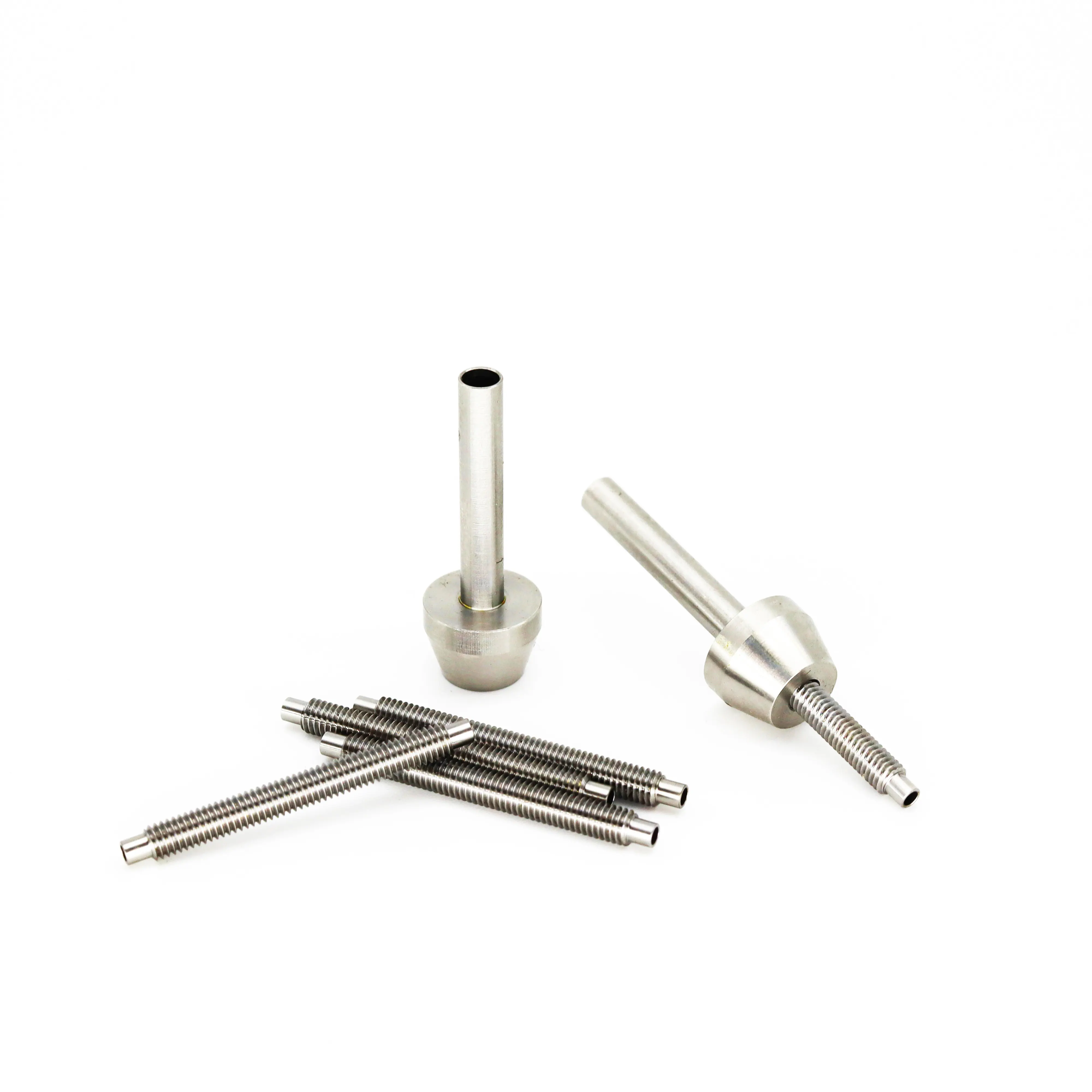
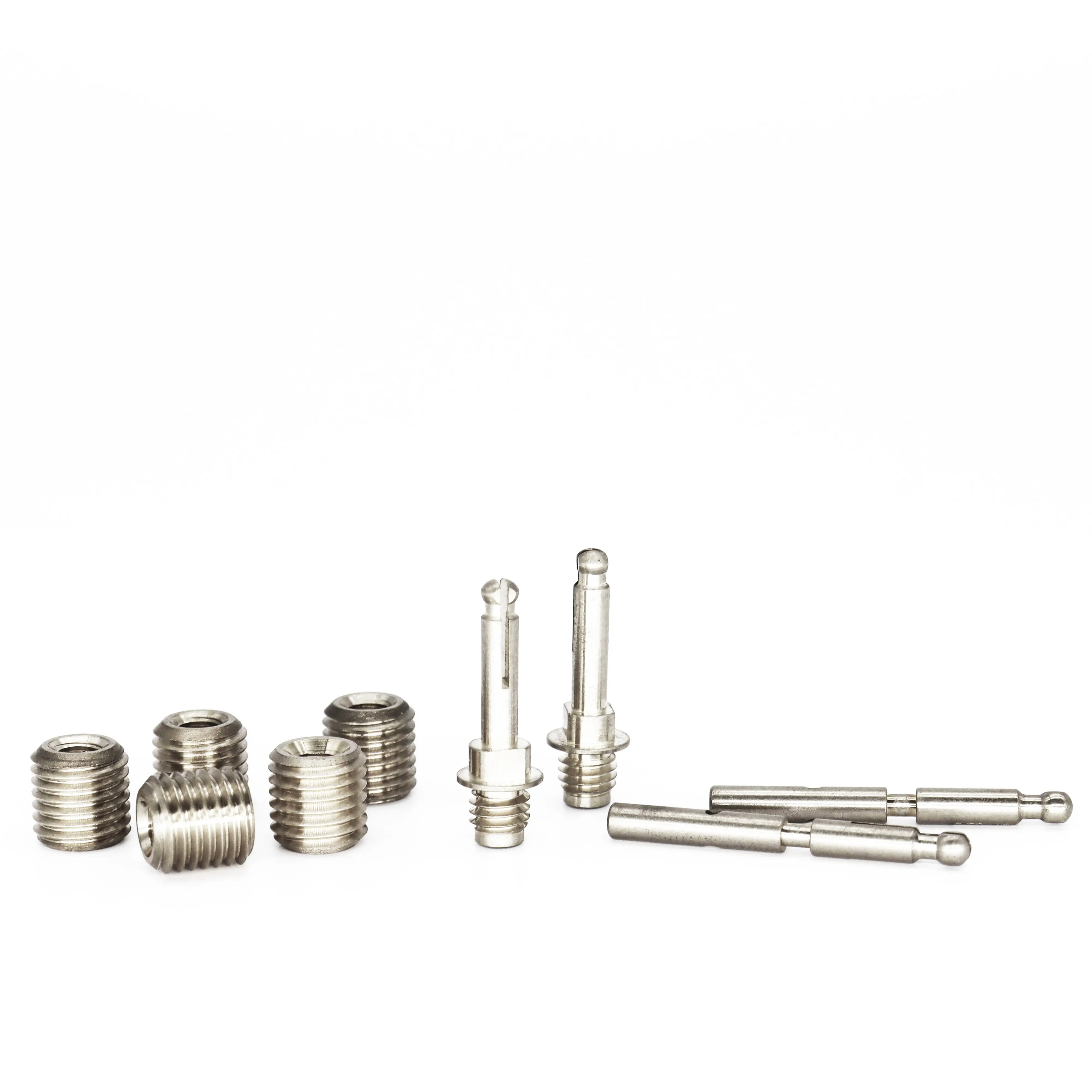
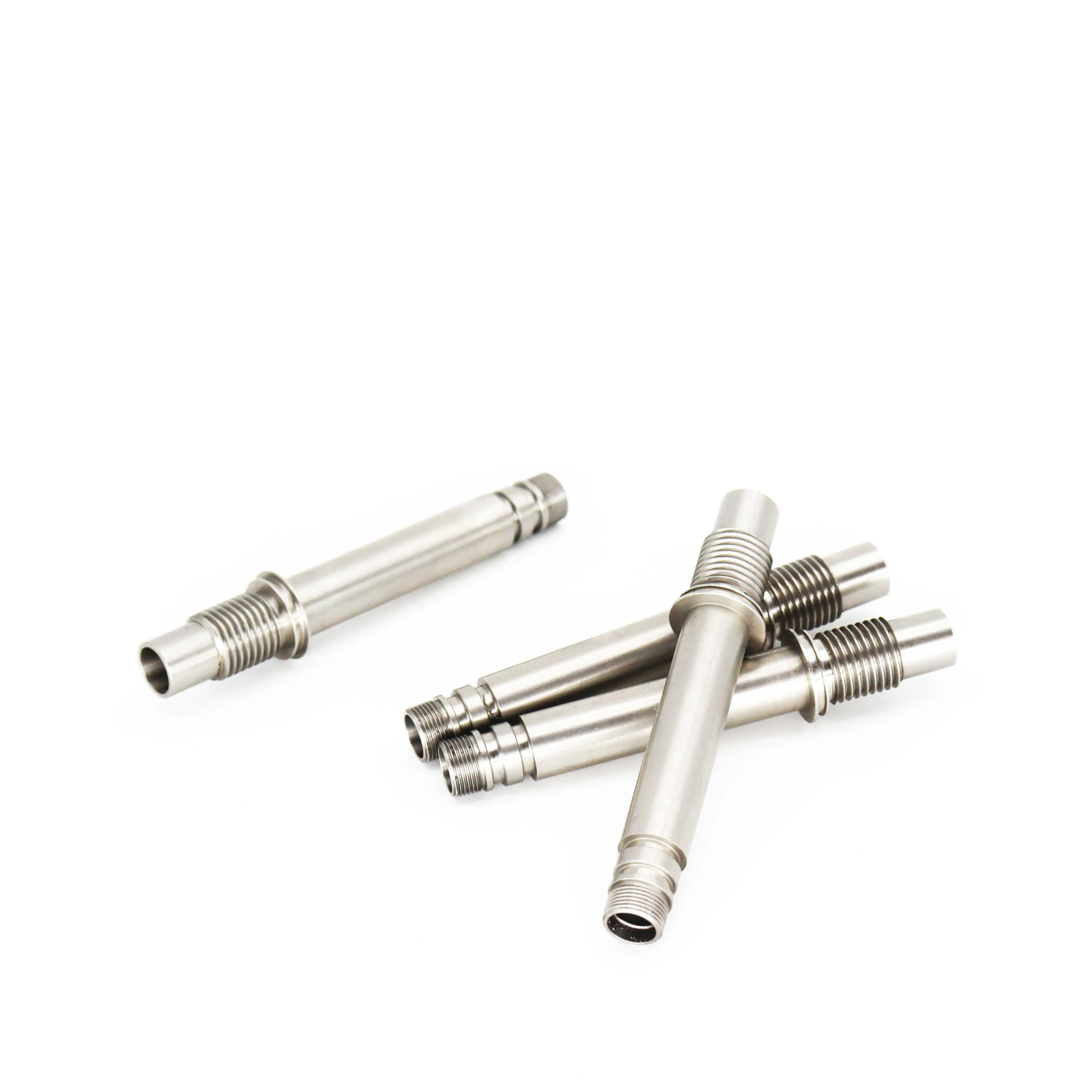
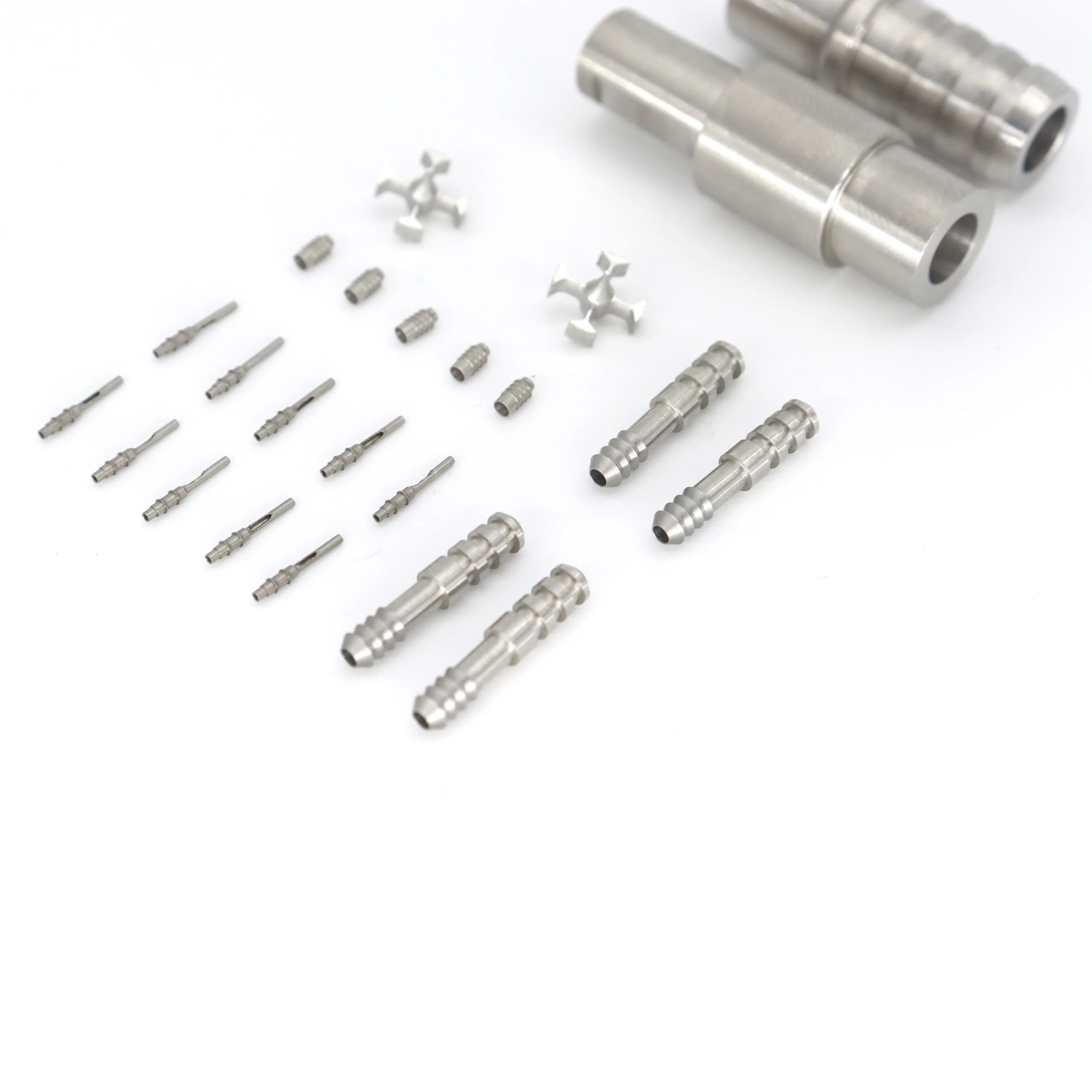
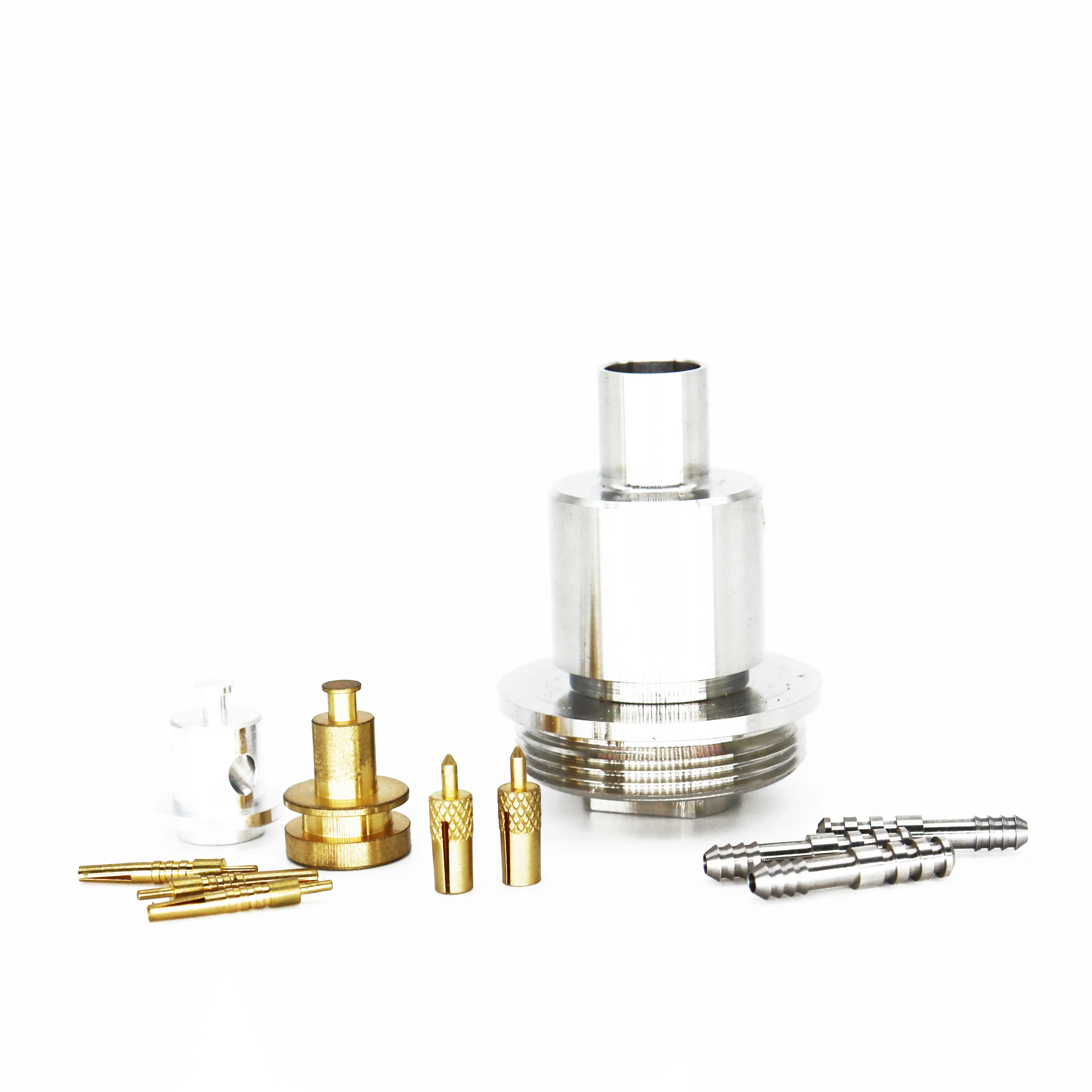
Core Components & Precision Machining
1. Imaging Systems: Crystal-Clear Vision
2. Insertion Tubes: Flexibility Meets Durability
3. Instrumentation Channels: Precision Tools for Precision Work
Advanced Manufacturing Techniques
1. CNC Machining: Precision Down to the Micron
2. Ultra-Precision Grinding & Polishing
3. Non-Destructive Testing (NDT)
Precision-Machined Components for Healthcare: Enabling Innovation in Medical Technology
Overview
Precision-machined components for healthcare are specialized, miniaturized, or complex parts produced through advanced manufacturing techniques. These components are critical to the functionality of surgical instruments, diagnostic devices, implantable medical devices, and medical imaging systems. With stringent requirements for dimensional accuracy, surface finish, and material performance, they serve as the foundation for safe and effective medical technology innovation.
Operating Principles
These components leverage high-precision technologies such as CNC machining, laser cutting, and micro-injection molding to achieve micron-level tolerances. For example:
• Surgical robot joints require high rigidity and low friction coefficients.
• Implantable stents depend on precise biocompatible material shaping.
The core principle involves minimizing errors during fabrication to ensure long-term reliability and stability in medical applications.
Functional Applications
Key application areas include:
• Cardiovascular devices (e.g., stents, catheters).
• Dental implants and orthopedic prosthetics (e.g., titanium hip replacements).
• In vitro diagnostics (IVD) chips for rapid testing.
• Optical endoscope components for minimally invasive procedures.
These parts span the entire medical workflow—from diagnostics and treatment to rehabilitation.
Core Features & Benefits
1. Ultra-Precision Dimensions: Tolerances within ±1μm for microscopic applications.
2. Biocompatibility: Materials like medical-grade stainless steel (316L), titanium alloys (Ti-6Al-4V), PEEK, and ceramics (zirconia) meet stringent safety standards.
3. Surface Enhancement: Polishing and coatings improve corrosion resistance and wear durability.
4. Integration Capabilities: Customizable to incorporate sensors, micro-motors, or other functional elements.
Design Requirements
Designs must adhere to three pillars:
• Regulatory Compliance: ISO 13485, FDA 21 CFR Part 820, and other global standards.
• Manufacturability: Simplified geometries to reduce production complexity.
• Ergonomics: User-centric design for devices like laparoscopic tools (e.g., ergonomic handles).
Materials Selection
Leading materials include:
• Metals: Titanium alloys (Ti-6Al-4V), 316L stainless steel.
• Polymers: PEEK (for spinal implants), PTFE (non-stick coatings).
• Ceramics: Zirconia (high-wear resistance) and silicon nitride.
• Composites: Carbon fiber-reinforced polymers (CFRP) for lightweight devices.
Choosing a CDMO Partner
Key selection criteria for Contract Development and Manufacturing Organizations (CDMOs):
1. Certifications: ISO 13485, GMP, and CE marking compliance.
2. Technical Expertise: Advanced capabilities like 5-axis CNC machining and micro-molding.
3. Vertical Integration: End-to-end services from prototyping to mass production.
4. Data Security & Compliance: Safeguards for intellectual property and regulatory adherence.
OEM vs. ODM Services
• OEM Contract Manufacturing: Client-provided designs are mass-produced (ideal for established products).
• ODM Contract Manufacturing: Collaborative design optimization (suited for innovative R&D projects).
*Critical considerations*: Intellectual property rights, quality accountability, and scalability.
Customized Solutions
Tailored services address diverse needs:
• Rapid Prototyping: 3D printing for concept validation.
• Material-Specific Processing: Custom parameters for advanced alloys (e.g., shape-memory metals).
• Post-Processing: Electropolishing and ultra-fine grinding for surface refinement.
• Lifecycle Support: Technical updates and maintenance from pilot to full-scale production.
Driving Medical Innovation
Precision-machined components are pivotal in advancing diagnostics, minimally invasive therapies, and emerging fields like artificial organs and smart wearable devices. By synergizing material science, engineering, and regulatory expertise, these solutions continue to redefine healthcare technology boundaries.
This structured approach ensures clarity, retains technical rigor, and aligns with global industry standards for healthcare manufacturing.

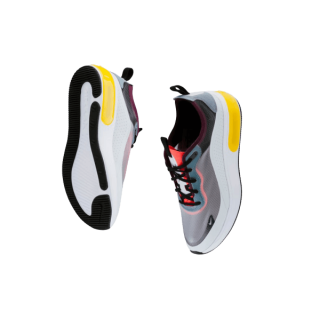

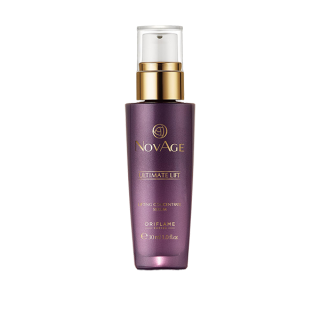
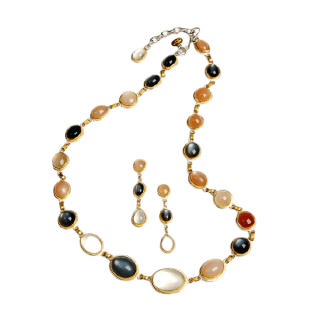

Reviews
There are no reviews yet.